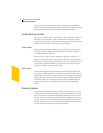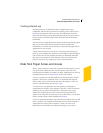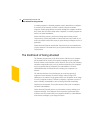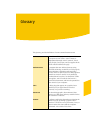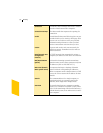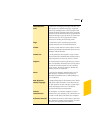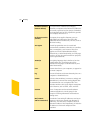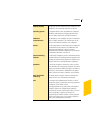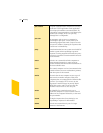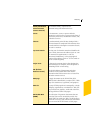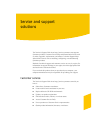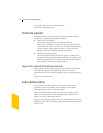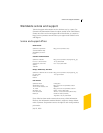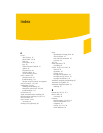
Glossary138
port number
A logical communications channel to be used by a
particular TCP/IP application. Each application
has unique port numbers associated with it. By
convention, some protocols use a well-known port
number (for example, HTTP uses port 80),
although this is configurable.
port scan
An attempt to gain access to a computer by
searching for open ports. Usually done by an
automated program that sends a request to each
port at an IP address, listening for responses that
could reveal a vulnerability.
proxy
A mechanism that lets one system act on behalf of
another system when responding to protocol
requests. Security programs in firewalls use proxy
services to screen the secured network from users
on the Internet.
router
A device on a network that links computers or
interconnected networks. A router receives
packets and forwards them to their destination via
the best available route.
server
The control computer on a local area network that
controls software access to workstations, printers,
and other parts of the network.
service
Protocols that let one computer access a type of
data stored on another computer. Many host
computers that are connected to the Internet offer
services. For example, HTTP servers use the
Hypertext Transfer Protocol to provide World
Wide Web service and FTP servers offer File
Transfer Protocol services. See also port.
socket
An identifier for a particular service on a
particular computer. A socket consists of the IP
address of the computer followed by a colon and
the port number.
stealth
Giving the impression of not existing by not
responding to requests for information.
subnet
A local area network that is part of a larger
intranet or the Internet.



